If you’ve battled engine overheating, chances are you’ve encountered the ill effects of car radiator sludge. This unassuming yet dangerous substance is behind nearly 40 percent of engine breakdowns tied to cooling system failures. Formed by contamination and corrosion, it clogs essential fluid pathways, placing your engine at risk. Tackling this issue head-on can save you from costly repairs and endless frustration, ensuring your car runs smoothly mile after mile.
These blockages result in increased engine temperature, which can cause overheating. Overheating isn’t just a minor inconvenience—it can lead to warped engine components, blown head gaskets, or even a complete engine failure. The costs associated with these repairs are substantial, far exceeding the expense and effort required for regular maintenance.
Moreover, ignoring early signs of sludge buildup, such as a rising temperature gauge or reduced heater performance, can exacerbate the problem. Therefore, routine checks and prompt attention to any indicators of sludge are necessary to prevent costly repairs and ensure your engine runs smoothly. Regularly flushing your cooling system and using high-quality coolant can go a long way in maintaining its efficiency and longevity.
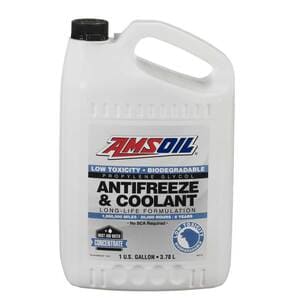
Top Reasons Behind Radiator Sludge and Practical Solutions
Contaminated radiator coolant: When a head gasket fails or a crack develops in the cylinder head, oil and coolant can mix, forming a sludge-like substance that hinders normal engine function. This mixture can compromise the effectiveness of the engine’s lubrication system, leading to increased wear and tear on internal components. In vehicles with automatic transmissions, the engine’s cooling system is often shared with the transmission, further complicating the situation. A breach in this integrated cooling system can result in transmission fluid leaking into the coolant. This cross-contamination can significantly impair the vehicle’s performance.
The contaminated coolant loses its efficiency in heat dissipation, causing the engine to overheat. Overheating accelerates the degradation of engine and transmission components, rendering them more vulnerable to failure. Reduced lubrication from the sludge-like substance exacerbates this issue, as it cannot adequately protect moving parts from friction and heat. Consequently, critical components suffer accelerated wear, leading to costly repairs or even complete engine or transmission failure.
Moreover, the presence of sludge in the cooling system impedes the radiator’s ability to regulate temperature effectively. This compromised cooling efficiency further heightens the risk of overheating, creating a vicious cycle of mechanical degradation. Addressing these issues promptly is crucial to prevent extensive damage and ensure the longevity of both the engine and transmission systems.
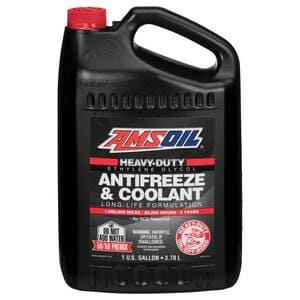
Antifreeze Additives dropping out: Coolant consists of a base, typically ethylene glycol or propylene glycol, combined with various additives and water. The primary role of the glycol base is to offer crucial protection against extreme temperatures, safeguarding the engine from both freezing and overheating. Ethylene glycol, for example, has a lower freezing point and a higher boiling point than water, making it an effective choice for a wide range of climates. Additives play a vital role in maintaining the coolant’s efficiency by preventing issues such as corrosion, cavitation, and scaling within the cooling system. For instance, corrosion inhibitors protect metal components, while anti-foaming agents ensure the coolant maintains optimal flow.
It’s important to note that mixing different types of coolants can have detrimental effects. Incompatible additives may separate and form sludge or slime in the radiator, which can impede the system’s performance and potentially cause significant damage. This accumulation can lead to clogged passages and reduced heat transfer efficiency, resulting in engine overheating. Therefore, it’s essential to use the correct type of coolant as specified by vehicle manufacturers to ensure optimal engine function and longevity. Additionally, regularly checking and maintaining the coolant condition can preemptively identify issues before they lead to more severe damage.
Radiator Corrosion: An imbalanced coolant can chemically react with metal surfaces, creating reddish deposits that resemble sludge or slime. These contaminants can clog the radiator, restrict coolant flow, and significantly reduce heat transfer efficiency. Over time, this can lead to overheating and engine damage. Conducting a fluid analysis is the only definitive method to diagnose the cause of radiator sludge. The analysis can detect the presence of oil, transmission fluid, or other contaminants in the coolant, providing a clear picture of the underlying issue. Addressing these contaminants prevents further complications.
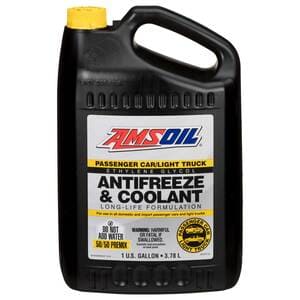
This diagnostic approach is crucial as it helps pinpoint the exact cause of the problem, enabling precise and effective repairs. Once any mechanical defects are identified, they should be promptly addressed to prevent recurrence. Following repairs, thoroughly flush the cooling system to ensure all residues are removed. It’s essential to completely eliminate any remnants of the old, contaminated coolant.
After cleaning, refill the cooling system with high-quality antifreeze or coolant. Using a premium coolant reduces the risk of future contamination and helps maintain optimal engine performance. Regular maintenance and monitoring of the coolant’s chemical balance are also vital to prevent similar issues down the line. By taking these steps, you can extend the life of your engine and ensure it operates efficiently.
How to Choose the Right Radiator Coolant for Your Car
Start by identifying the types of coolants to avoid. You’re likely familiar with the common “green” coolants available at most stores, primarily due to their affordability. These coolants are formulated with inorganic-acid technology (IAT), which includes inorganic salts like nitrites, phosphates, and silicates to provide protection. However, relying solely on inorganic salts has notable drawbacks. For one, these additives deplete quickly, requiring more frequent maintenance. Additionally, they can cause significant issues such as scale buildup and sludge formation if not properly managed. This buildup can lead to blockages and reduced efficiency in cooling systems, posing a risk to the overall performance and longevity of your equipment. Therefore, it’s crucial to consider these factors when selecting a coolant to ensure optimal and long-lasting performance.
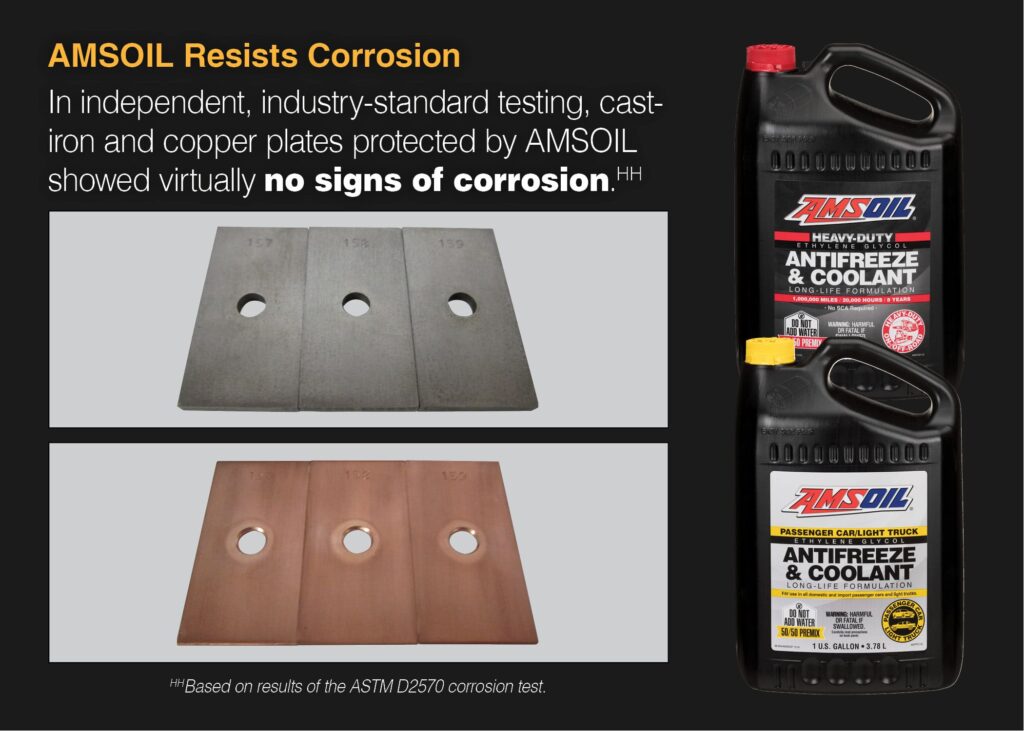
Most car manufacturers have moved away from using traditional coolants for several compelling reasons. You should consider making the switch as well. One alternative is coolants formulated with organic-acid technology (OAT). These OAT coolants exclude phosphates, silicates, and other inorganic salts, which reduces the problems associated with conventional green coolants, like scale buildup and corrosion. Moreover, OAT coolants have a longer lifespan, requiring fewer changes and providing better long-term cost efficiency and engine protection.
Another option is hybrid organic acid technology (HOAT) coolants. While primarily based on organic acids, HOAT coolants incorporate some inorganic salts to enhance their protective properties. This combination offers a balanced approach, providing extended service life and robust protection against corrosion, scaling, and wear. A well-formulated HOAT coolant merges the best features of both OAT and traditional coolants, making it a reliable choice for various engine types.
Regardless of the coolant type you choose, it’s advisable to flush the cooling system approximately every five years. This maintenance step ensures the removal of any accumulated residues and maintains the efficiency and longevity of your vehicle’s cooling system.
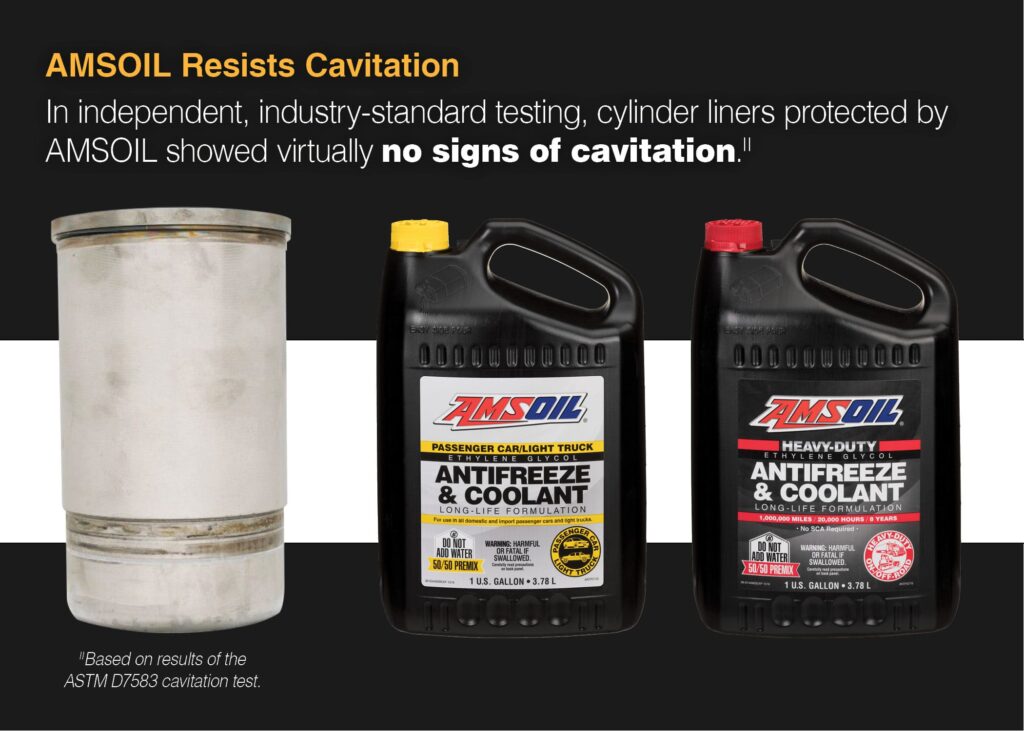
How AMSOIL Antifreeze/Coolants Ensure Year-Round Engine Safety
AMSOIL provides three types of coolants designed to offer exceptional protection against radiator sludge and corrosion. Among these, the AMSOIL Passenger Car & Light Truck Antifreeze & Coolant is particularly notable due to its use of an Organic Acid Technology (OAT) formula. This advanced formula efficiently mitigates additive drop-out, scaling, and other common complications typically associated with traditional coolants. The coolant arrives pre-mixed in a precise 50/50 ratio with high-quality water, ensuring both optimal performance and ease of use right out of the container.
Moreover, this coolant’s compatibility with all ethylene and propylene glycol-based coolant colors underscores its versatility, making it a suitable choice for a wide array of vehicles. The OAT formula not only enhances the longevity of the coolant itself but also contributes to the durability of the vehicle’s cooling system, reducing the potential for costly repairs. The convenience of a pre-mixed solution saves time for both DIY enthusiasts and professional mechanics, eliminating the need for additional mixing and ensuring consistent, reliable protection. Consequently, AMSOIL Passenger Car & Light Truck Antifreeze & Coolant represents a comprehensive solution for maintaining the efficiency and reliability of modern cooling systems.

AMSOIL Heavy-Duty Antifreeze & Coolant uses a Hybrid Organic Acid Technology (HOAT) formula that provides outstanding protection against both overheating and corrosion. This innovative formula ensures your engine’s longevity, extending its life up to 1 million miles (1,609,344 km), 20,000 hours of operation, or 8 years, whichever comes first. Its unique composition not only prevents common wear and tear but also addresses potential issues that could otherwise escalate into costly repairs.
Moreover, it simplifies maintenance by removing the need for supplemental coolant additives (SCAs), which can be both time-consuming and complicated to manage. This added convenience significantly reduces the time and effort required for routine maintenance, making it easier to keep your heavy-duty equipment running smoothly. The advanced protection and reduced maintenance requirements of this product make it an optimal choice for those relying on robust performance and minimized downtime in demanding applications. By choosing AMSOIL Heavy-Duty Antifreeze & Coolant, you’re not just investing in a coolant; you’re ensuring long-term efficiency and reliability for your heavy-duty machinery.
AMSOIL Low Toxicity Antifreeze and Engine Coolant is a fully concentrated polyglycol solution purpose-built for applications requiring low-toxicity alternatives. Its Hybrid Organic Acid Technology (HOAT) formulation offers outstanding and enduring protection, guaranteeing reliability for up to 150,000 miles (241,000 km) or 5 years, whichever comes first, when used in passenger cars and light trucks. For heavy-duty use, this coolant delivers exceptional performance, lasting for an impressive 1 million miles (1,609,344 km), 20,000 hours of operation, or 8 years, ensuring extensive coverage and durability.
The coolant’s compatibility with all colors of ethylene and propylene glycol coolants means it integrates seamlessly without the risk of chemical reactions that could compromise performance. Moreover, its low-toxicity composition provides an environmentally friendlier solution, significantly reducing potential harm to humans and wildlife in the event of a leak or spill.

This product’s versatility and extensive protective capabilities make it a reliable choice for a broad spectrum of automotive and heavy-duty uses, ensuring both top-notch performance and enhanced safety. Its robust formula not only meets but exceeds the stringent requirements of various automotive standards, making it an indispensable component for maintaining the efficiency and longevity of engines under diverse operating conditions.
Upgrade Your Coolant
Invest in a high-quality coolant to help keep car radiator sludge at bay. Modern formulas offer better protection against corrosion and contamination. This simple upgrade can make a world of difference in your car’s performance and longevity.

